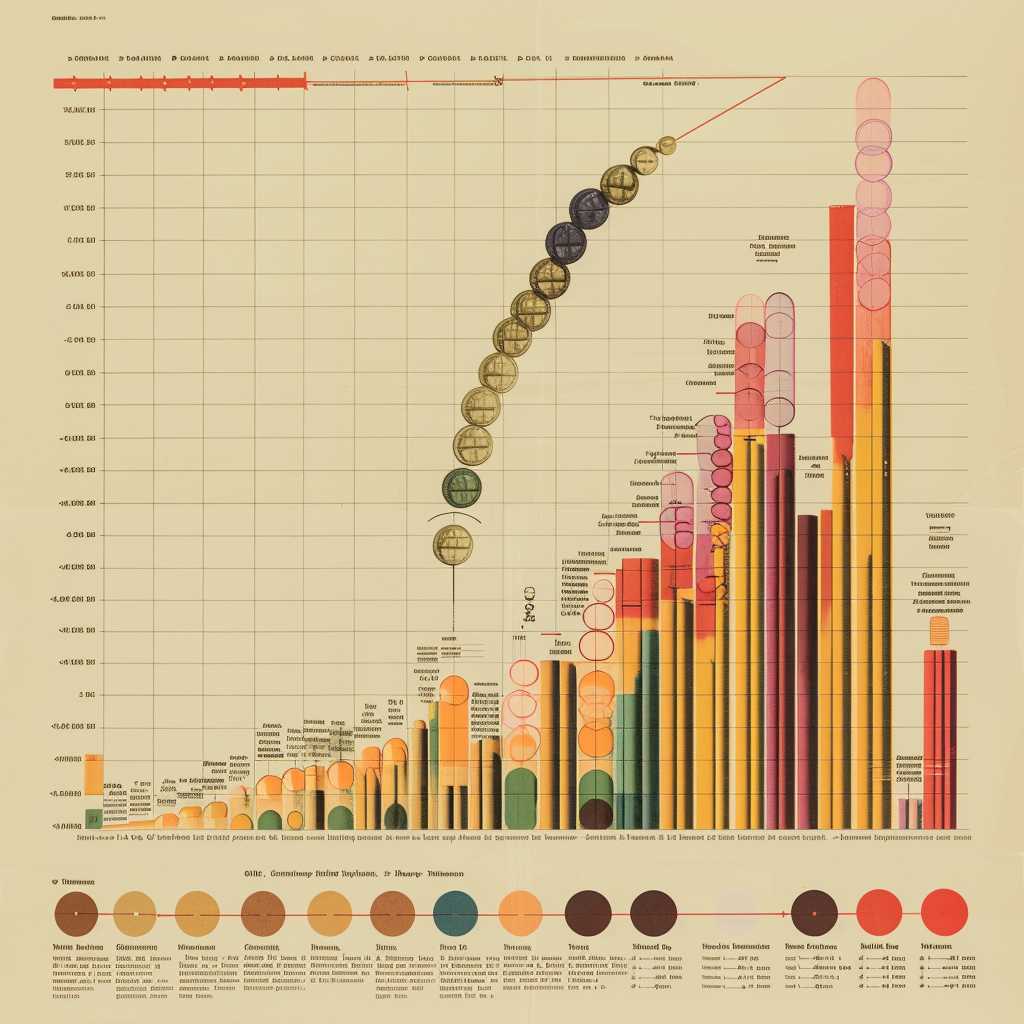The Impacts and Implications of Minimum Wage Increases: A Comprehensive Analysis
Minimum wage polices have long been a pivotal aspect of labor law around the world. They involve setting the lowest hourly, daily or monthly remuneration that employers are required to legally pay their workers. The decision to increase the minimum wage is surrounded by much debate concerning its advantages and drawbacks. In this analysis, we take a balanced view to understand how increases in minimum wages affect different stakeholders like employees, employers, and the economy at large.
Overview of Minimum Wage Laws
Minimum wage laws are instituted to protect workers from unduly low pay. They ensure a minimum standard of living for employees and aim to reduce poverty and inequality. These laws differ extensively across states and countries, reflecting varying economic conditions, living costs, and government policies. Frequent discussions on raising minimum wages revolve around the central goal of enhancing the earnings for low-wage workers.
Arguments in Support of Minimum Wage Increases
Many advocates for higher minimum wages put forward several arguments. Higher wages can lead to an improved standard of living for workers, potentially uplifting individuals out of poverty. Furthermore, it is suggested that by increasing the minimum wage, workers will have more money to spend, therefore providing an impetus to the economy through increased spending power—a phenomenon often referenced as the increased demand argument.
Potential Challenges and Criticisms
On the other side, critics argue that raising the minimum wage could lead to adverse effects such as higher unemployment rates, particularly among young and unskilled workers who might be replaced by more experienced workers or by automation. Small businesses express concerns too, suggesting they may not afford the increased wages, possibly leading to layoffs, reduced working hours, or even business closures.
Economic Perspectives on Minimum Wage Increases
From an economic standpoint, the impact of minimum wage increases is debated among economists. Some studies suggest minimal effects on employment levels but note might be due to other concurrent economic factors. Another aspect is price inflation; as businesses incur higher labor costs, the increased expenses may be passed onto consumers in some sectors.
Comparing International Minimum Wage Policies
A global tour of minimum wage policies reveals both success stories and cautionary tales. Some countries with high minimum wages enjoy strong economies and low unemployment rates. Conversely, other nations with considerable minimum wages face significant informal employment and disparities in enforcement.
sectoral impacts
Sector specificity matters significantly when discussing minimum wage hikes as not all industries react in the same way. The service sector, which regularly employs many minimum wage workers, may feel an increase immediately. On the other hand, sectors with higher-skilled positions that already pay above-minimum wages might notice a more indirect effect if any at all.
Case Studies: Minimum Wage Increases Across Cities and States
Changes in minimum wage levels frequently provide opportunities for comparative studies. Regions increasing their minimum wages offer real-world results on how these changes affect economies at a micro-level. Analysts scrutinize job market dynamics pre and post increase in search for patterns that could forecast future impacts were wider implementations of similar wage hikes apt.
Social Implications and Worker Welfare
Beyond economics, there are also social implications to consider in raising the minimum wage. Advocates point out how this enhancement can contribute positively towards social inclusion and decrease dependency on social welfare systems. The psychological benefits should also not be underestimated – earning a fair wage can significantly improve worker morale and productivity.
Managing Inflation and Cost of Living Adjustments
One crucial element of this debate is distinguishing between nominal increases in the minimum wage (ignoring inflation rates) and real increases (adjusted for inflation). Cost-of-living adjustments ensure that wage increase effectively corresponds with actual purchasing power so that workers truly benefit from these legislative changes over time.
Public Opinion Trends on Minimum Wage Hikes
Public sentiment tends to vary widely depending on demographics, political affiliations, and personal experiences; however, polling consistently shows that public support for increasing the minimum wage is generally robust e across different groups.
The Future of Minimum Wage Policies
Looking ahead, novel approaches in managing minimum wage policy are emerging which seek balance between supporting low-wage workers and minimizing negative effects on employment rates. Schemes such as scaling increases to business size or profits and incorporating regional cost-of-living variations into legislation are some potential paths forward.
Notes:
At the end of this comprehensive exploration into the intricate implications of raising minimum wage levels globally lays a widespread call for policies informed by robust data analyses, prudent prognostication, sensitivity to sector-specific needs, and a commitment to enhancing worker welfare without inducing collateral economic downturns.
*Image Description: A graph showing historical changes in minimum wage values overtime against inflation indices. There are markers indicating when legislative increases occurred, with a range of bars representing various international minimum wages for comparative scale.*
